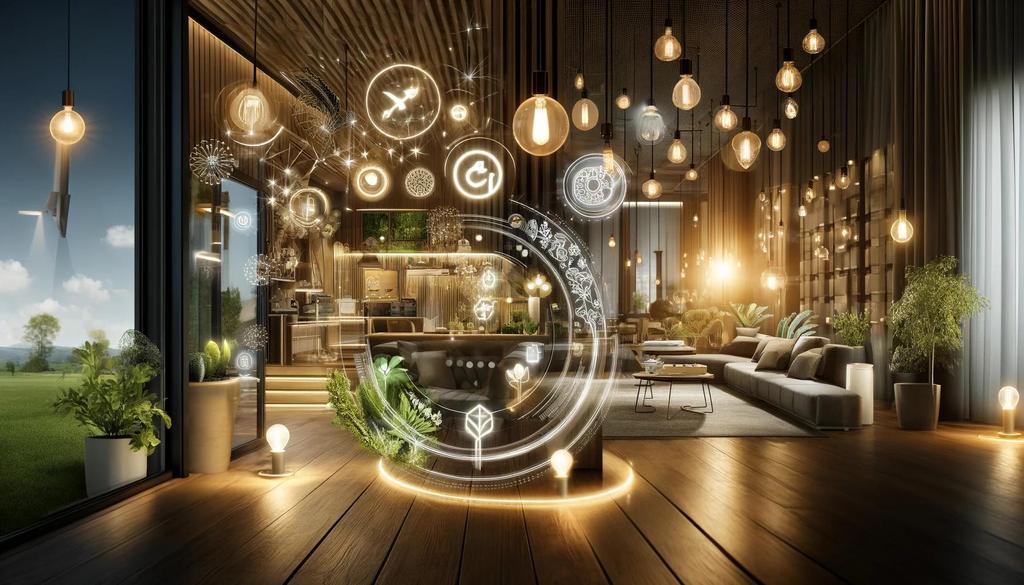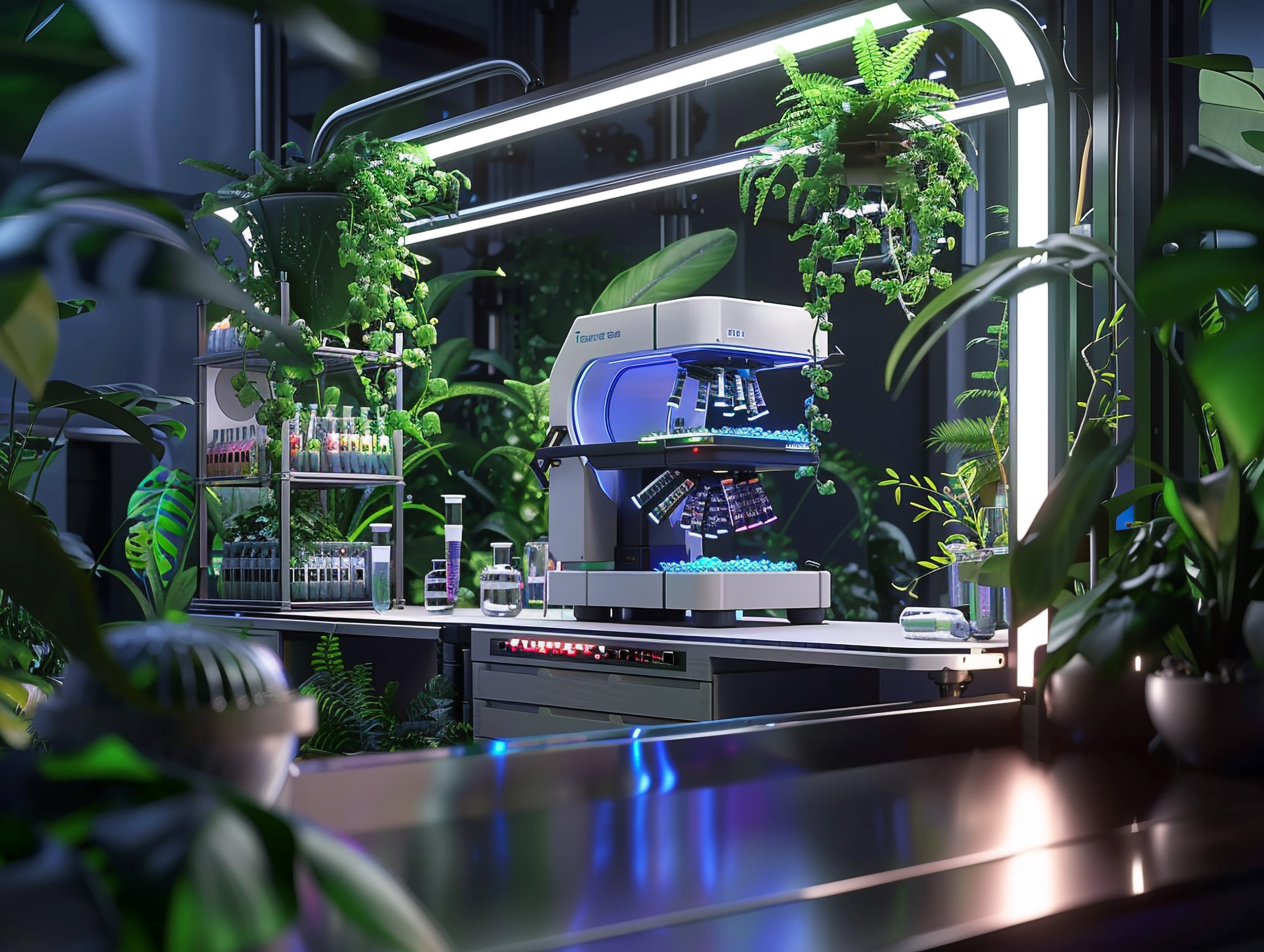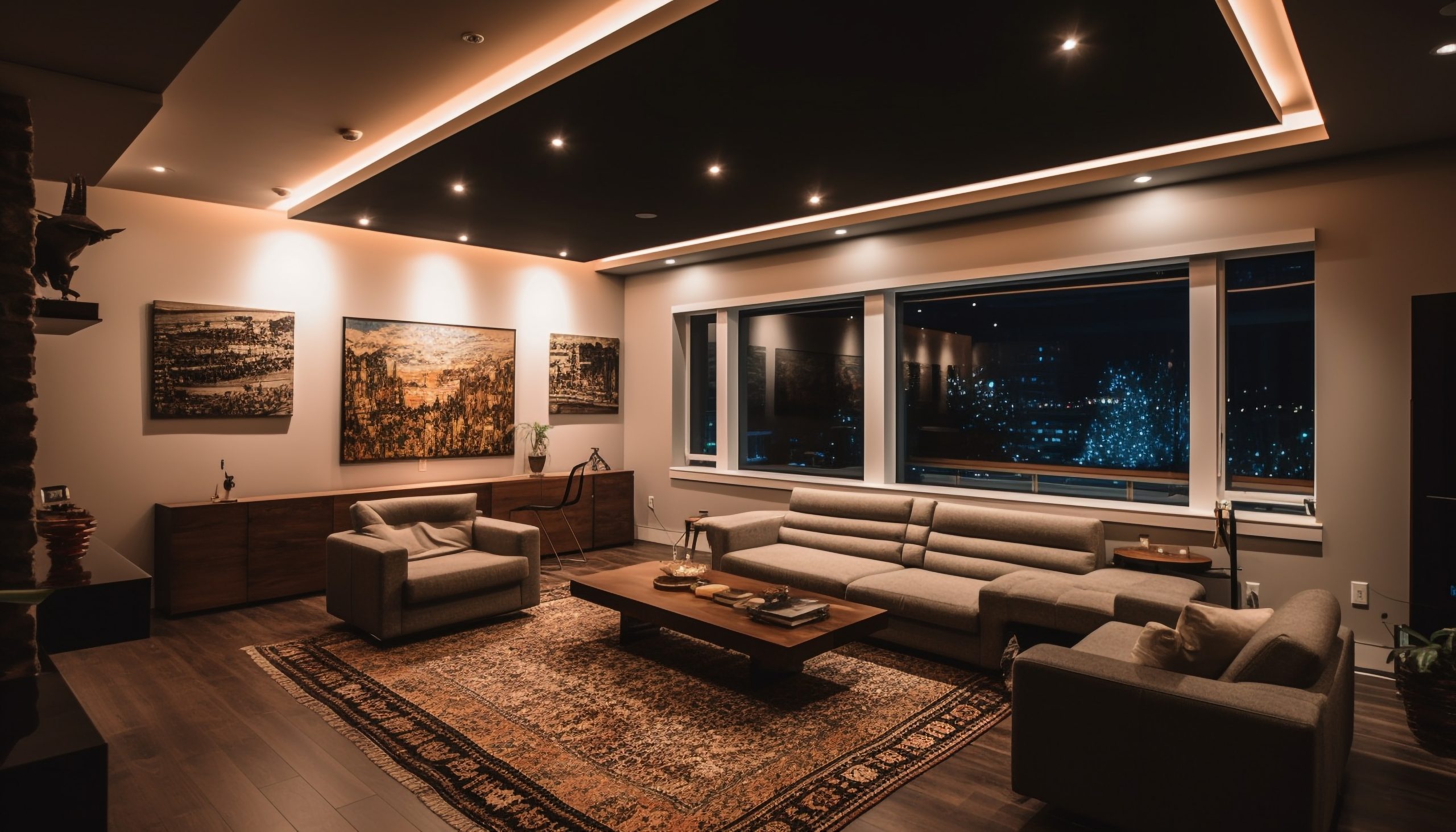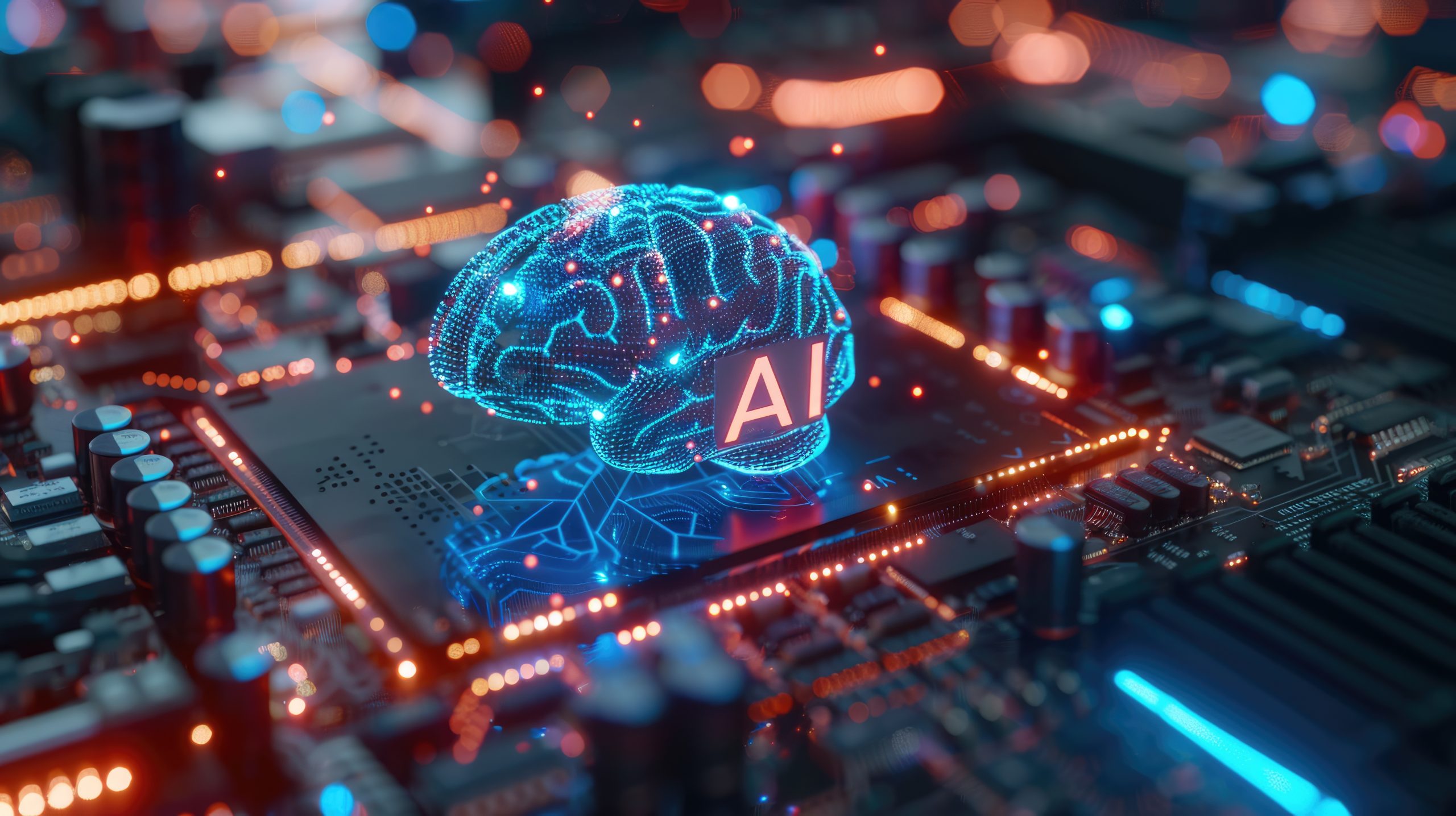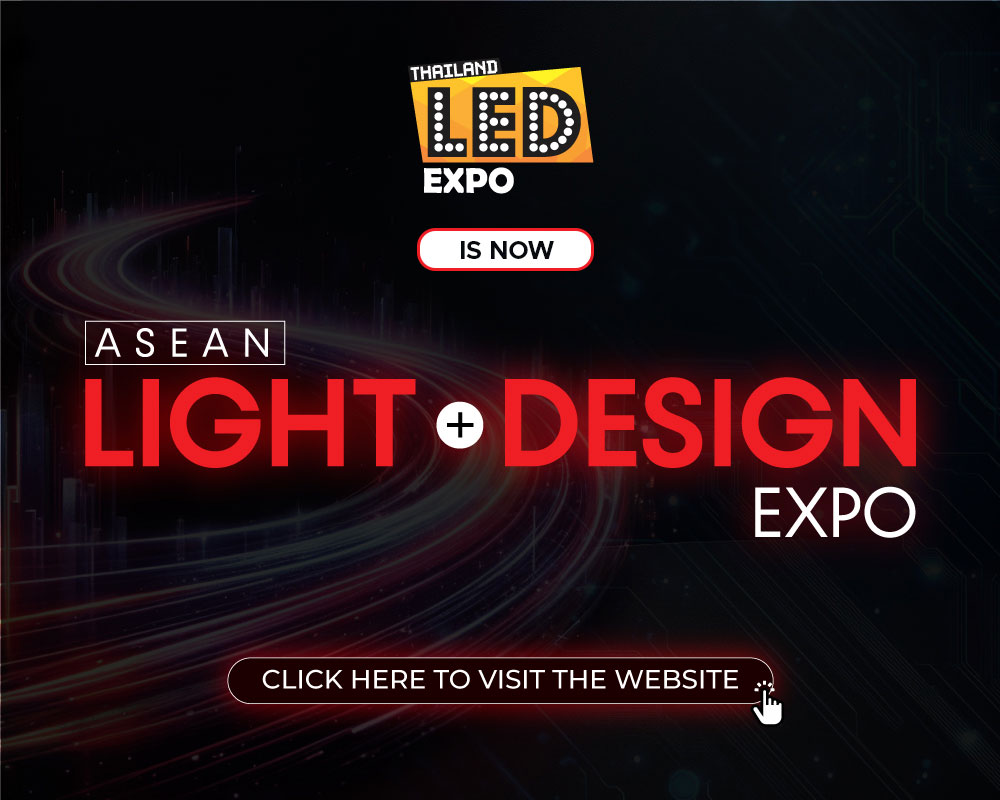Navigating the Diverse Landscape of Lighting Solutions
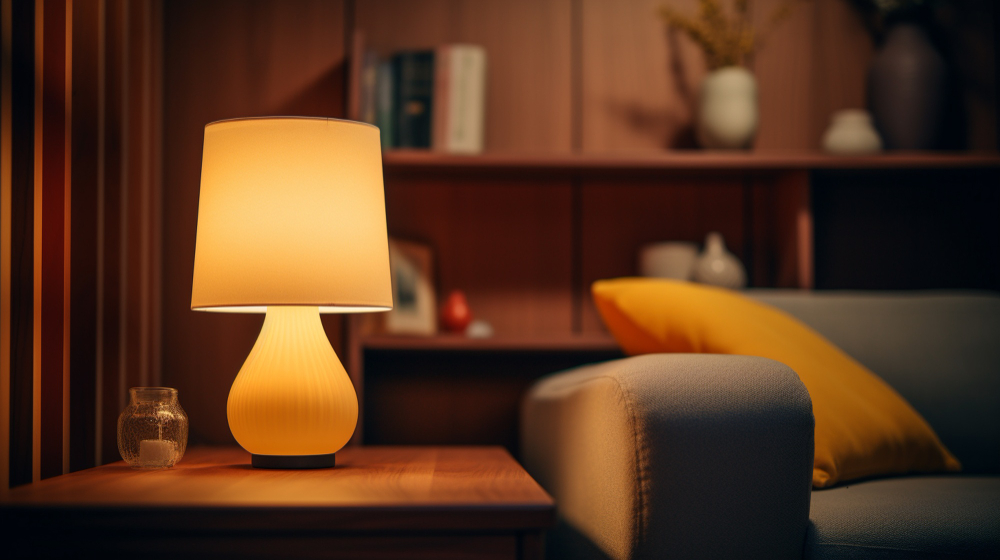
From residential spaces to commercial establishments, and from healthcare facilities to outdoor landscapes, lighting plays a crucial role in shaping our environments and experiences. With the rapid advancements in technology, the lighting market has witnessed significant transformations, paving the way for energy-efficient solutions, smart systems, and sustainable practices. In virtually every industry, lighting serves as more than just a source of illumination; it’s a tool for enhancing productivity, safety, and well-being. In retail, it can influence consumer behavior and brand perception. In healthcare, it contributes to patient comfort and recovery. In agriculture, it enables year-round cultivation. In architecture, it accentuates design elements and creates ambiance. Understanding the diverse applications of lighting underscores its importance and underscores the need for continuous innovation and improvement.
Sustainable Lighting
Sustainable lighting revolves around the principles of reducing energy consumption, minimizing environmental impact, and promoting longevity. By embracing sustainable lighting solutions, businesses and individuals can mitigate their carbon footprint and contribute to a healthier planet for future generations.
Several technologies and practices are instrumental in achieving sustainable lighting objectives. LED (Light Emitting Diode) technology offers significant energy savings compared to traditional lighting sources like incandescent or fluorescent bulbs. Additionally, incorporating daylight harvesting systems, occupancy sensors, and lighting controls further optimize energy usage and reduce waste.
Smart Lighting
In today’s rapidly advancing technological landscape, smart lighting stands at the forefront of innovation, revolutionizing the way we illuminate our surroundings. Smart lighting systems integrate cutting-edge technology to provide unparalleled control, efficiency, and adaptability. Let’s delve into the world of smart lighting to understand its significance and explore its myriad applications across various industries.
Smart lighting systems are built upon interconnected networks of LED luminaires, sensors, and advanced control systems. These systems leverage technologies such as Internet of Things (IoT), artificial intelligence (AI), and wireless communication to deliver dynamic lighting experiences.
Energy Efficient Lighting
Energy efficiency in lighting refers to the ability of lighting systems to produce the desired level of illumination while consuming minimal energy. Traditional lighting sources such as incandescent bulbs and fluorescent tubes are known for their inefficiency, as they waste a significant amount of energy in the form of heat. In contrast, energy-efficient lighting technologies like light-emitting diodes (LEDs) and compact fluorescent lamps (CFLs) are designed to convert a higher percentage of electricity into visible light, thereby reducing energy consumption and operating costs.
LEDs are the most energy-efficient lighting technology available today. They can last up to 25 times longer than traditional bulbs and use up to 80% less energy.
Healthcare & Social Care Lighting
Lighting plays a crucial role in healthcare and social care settings, affecting the well-being and comfort of patients, residents, and staff. In healthcare facilities, proper lighting can enhance visibility, reduce errors, and create a calming atmosphere for patients. In social care environments such as nursing homes and assisted living facilities, lighting design can contribute to a sense of security, independence, and overall quality of life for residents.
Design Considerations for Healthcare Lighting:
- Task Lighting: Ensure adequate task lighting in clinical areas such as examination rooms, operating theaters, and nurses’ stations to support medical procedures and patient care tasks.
- Patient Rooms: Provide adjustable lighting options in patient rooms to accommodate individual preferences and needs, such as reading lights and night lights.
- Color Rendering: Choose lighting fixtures with high color rendering index (CRI) to accurately render colors and facilitate visual assessment of patients’ skin tone and condition.
- Daylight Integration: Incorporate daylighting strategies where possible to promote natural light exposure and connect patients and staff with the outdoor environment.
Horticulture Lighting
Horticulture lighting refers to the use of artificial light sources to stimulate plant growth and enhance productivity in controlled environments such as greenhouses, indoor farms, and vertical gardens. This technology enables growers to provide optimal light conditions regardless of natural sunlight availability, leading to year-round cultivation and improved crop yields.
- Year-Round Cultivation: Horticulture lighting allows growers to extend growing seasons and cultivate crops irrespective of external weather conditions or geographic location.
- Increased Crop Yields: By providing plants with tailored light spectra and intensity, artificial lighting can enhance photosynthesis, leading to faster growth rates and higher yields.
- Precision Control: Growers can precisely control light spectra, intensity, duration, and photoperiod to meet the specific requirements of different plant species and growth stages.
- Space Efficiency: Vertical farming and indoor cultivation systems make efficient use of space, enabling higher production densities and maximizing land utilization.
Human Centric Lighting
Human-centric lighting (HCL) aims to design lighting environments that enhance human health, well-being, and productivity by mimicking the natural dynamics of daylight. It recognizes the intrinsic relationship between light, human physiology, and behavior, emphasizing the importance of light quality, intensity, and timing in indoor spaces.
Effects of Light on Human Circadian Rhythm and Productivity:
- Circadian Rhythm Regulation: Light influences the body’s circadian rhythm, which regulates sleep-wake cycles, hormone secretion, and physiological processes. Exposure to blue-enriched light during the day promotes alertness and productivity, while warmer light tones in the evening facilitate relaxation and restful sleep.
- Biological Effects: Properly designed lighting can mitigate the negative effects of artificial lighting on circadian rhythms, reducing fatigue, enhancing mood, and improving cognitive performance.
- Productivity and Well-being: Well-designed HCL systems have been shown to increase workplace satisfaction, employee engagement, and overall productivity by aligning lighting conditions with natural biological rhythms.
Architectural Lighting
Architectural lighting design is a critical element in shaping the ambiance and functionality of built environments. It goes beyond mere illumination, aiming to enhance architectural features, create visual interest, and evoke emotions within a space.
Architectural lighting design involves the strategic placement of lighting fixtures to highlight architectural elements such as facades, columns, and textures. It encompasses various aspects, including lighting intensity, color temperature, beam angles, and control systems, to achieve desired visual effects while ensuring optimal energy efficiency.
Well-designed architectural lighting can accentuate the beauty of a building’s design, create focal points, and guide the flow of movement within interiors and exteriors. It contributes to the overall aesthetic appeal and functionality of residential, commercial, and public spaces, enhancing user experience and safety.
As you can see there are numerous types of lighting solutions. By making informed choices about lighting, you can illuminate your space efficiently and sustainably.
LED Expo Thailand brings together all these forms of lighting and more for industry professionals to source from. Join us from 5-7 September 2024 at IMPACT Exhibition Centre, Bangkok, Thailand at ASEAN’s biggest business platform.
More News
Lighting and Design Industry Trends for 2025: What to Expect and How to Stay Ahead
As the lighting and design industry continues to evolve, 2025 promises to bring exciting new trends, technologies, and innovations that will shape…View More
The Green Revolution: The Rise of LED Horticultural Lighting
The agricultural industry is undergoing a significant transformation, driven by the need for sustainable and efficient practices. One of the most promising…View More
Transform Retail Spaces with LED Lighting for a better experience
In today’s competitive retail landscape, the importance of creating an engaging and appealing environment cannot be overstated. The modern consumer seeks not…View More
Govt initiatives & collaborations in LED & smart lighting
In modern urbanisation and environmental consciousness, the evolution towards energy-efficient lighting solutions stands as a beacon of progress. LED (Light Emitting Diode)…View More
The future of lighting: AI-integrated and Sustainable
Lighting plays a pivotal role in our daily lives, influencing our mood, productivity, and overall well-being. From the natural light that governs…View More
Download
Recent Posts
Show Countdown
LED Expo Thailand
- days
- Hours
- Minutes
- Seconds
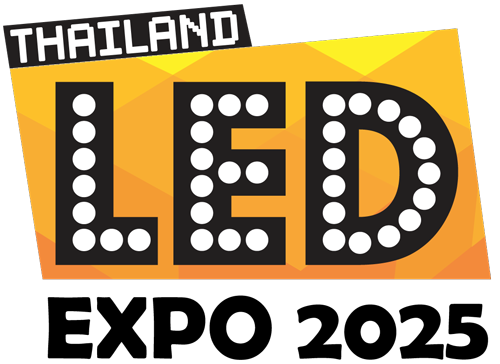
 ไทย
ไทย
 中文
中文

